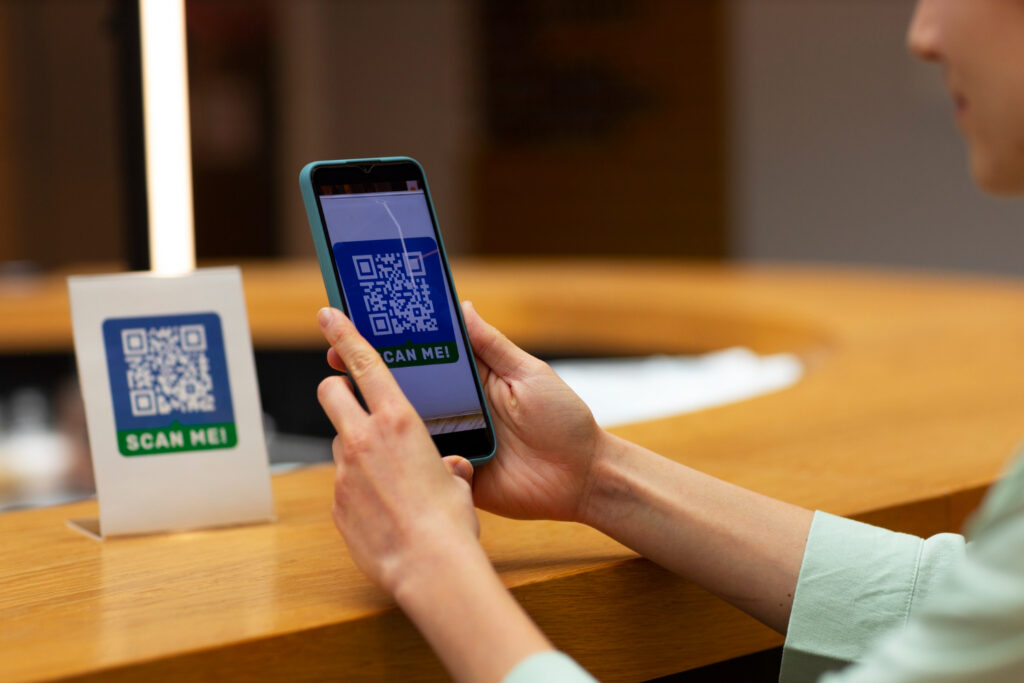In today’s fast-paced digital world, everything from grocery shopping to paying utility bills has gone online. It’s no surprise that e-payments in residential communities are becoming increasingly popular, with many neighbourhoods adopting digital solutions to manage everything from monthly maintenance fees to facility bookings. But what exactly are e-payment solutions, and why should residential areas consider them?
E-payment solutions refer to digital platforms that enable the transfer of money electronically without needing physical cash or checks. These platforms offer quick, convenient, and secure methods of payment for both residents and property managers, streamlining financial transactions within the community. With the world rapidly moving toward cashless economies, it’s clear that e-payment solutions offer a multitude of benefits for residential neighbourhoods.
Table of Contents
- The Benefits of E-Payments in Residential Communities
- Comparing Different E-Payment Systems in Residential Communities
- Ensuring Security in Digital Financial Transactions
- Addressing Concerns with E-Payments in Residential Communities
- Choosing the Right E-Payment System for Your Community
- Future of E-Payments in Residential Communities
- Streamlining Financial Transactions for Modern Communities
The Benefits of E-Payments in Residential Communities
Convenience and Ease of Transactions
One of the standout benefits of e-payments in residential areas is convenience. No more waiting in long queues at management offices or fumbling with loose change. E-payment platforms enable residents to pay their dues anytime, anywhere, right from their smartphones or computers. Whether it’s paying maintenance fees, utility bills, or even booking facilities, everything can be handled with a few clicks.
Real-Time Payments and Receipts
E-payments also offer real-time payment processing, which means residents and property managers get instant confirmation of transactions. There’s no need to wait for checks to clear or for bank transfers to process. This immediacy reduces delays and helps keep financial records up to date with little to no effort.
Reduction in Administrative Tasks
Managing a community comes with a fair share of administrative work. E-payment solutions help reduce this burden by automating payment collection and record-keeping. This not only minimizes errors but also allows management teams to focus on more important tasks, like improving community services.
Environmentally Friendly Payment Solutions
Going digital also means going green. E-payment solutions eliminate the need for paper receipts, invoices, and checks, reducing a community’s carbon footprint. For eco-conscious communities, adopting digital payment systems aligns with sustainable living goals.
Comparing Different E-Payment Systems in Residential Communities
Bank Transfers
Bank transfers are one of the most traditional forms of e-payments, often used for larger transactions such as paying rent or maintenance fees.
Pros and Cons of Bank Transfers
While bank transfers offer security and familiarity, they can sometimes come with longer processing times, especially between different banks. They also require residents to manually input account details, which may not be ideal for quick transactions.
Mobile Wallets
Mobile wallets like GrabPay, Boost, or Touch ‘n Go eWallet are increasingly popular in Malaysia for small-scale transactions.
How Mobile Wallets Work in Residential Areas
Mobile wallets allow residents to link their bank accounts or cards and make payments directly from their phones. They are ideal for paying smaller amounts, such as for booking community amenities or paying utility bills.
Advantages and Limitations of Mobile Wallets
While mobile wallets are incredibly convenient, not all residents may be familiar with them, especially the elderly. Additionally, some mobile wallets may charge fees for certain transactions, which could be a downside.
Payment Gateways
For communities looking for more robust e-payment solutions, payment gateways can be integrated into the residential management platform.
Understanding Payment Gateways for Residential Communities
Payment gateways serve as intermediaries between the resident’s bank and the management system, ensuring secure transactions for both parties.
QR Code Payments

QR code payments are another user-friendly option gaining popularity in Malaysia.
Why QR Code Payments are Gaining Popularity
Residents simply scan a QR code displayed by the management system, enter the amount, and confirm the payment.
Simplifying Payments with QR Technology
This method is especially useful for small, frequent payments like renting community facilities or purchasing event tickets.
Ensuring Security in Digital Financial Transactions
Encryption and Secure Servers
One of the most significant concerns regarding e-payment systems is security. All digital transactions should be encrypted to protect sensitive information like bank details and personal data.
Two-factor authentication for Added Security
Two-factor authentication (2FA) adds another layer of security to prevent unauthorized access. Residents can receive an authentication code on their mobile phones to verify transactions.
Educating Residents About Safe Digital Payment Practices
It’s crucial to inform residents about safe online payment practices.
Preventing Phishing and Fraud
Residents should be aware of phishing attempts and only trust official communication from the community management team.
Regular Updates and Awareness Campaigns
Holding regular sessions to update residents about digital security is essential for maintaining trust in the system.
Addressing Concerns with E-Payments in Residential Communities
Resistance to Digital Transformation
Some residents, especially older generations, may be hesitant to adopt e-payment systems. Management teams need to offer support, perhaps through training sessions, to ensure everyone feels comfortable with the transition.
Digital Literacy Gaps Among Residents
Not all residents are equally familiar with technology, which could pose challenges. Providing simple guides and on-site support can help bridge this gap.
Cybersecurity Threats and How to Overcome Them
As with all digital platforms, e-payment systems are not immune to cybersecurity threats. Regular software updates and a proactive approach to identifying vulnerabilities will go a long way in ensuring security.

Choosing the Right E-Payment System for Your Community
Here are the factors to consider when choosing an e-payment system.
Security Features
Prioritize platforms that offer robust security features, such as end-to-end encryption and two-factor authentication.
Cost of Implementation
Make sure to consider both the setup and ongoing costs. Some systems may have hidden fees that can add up over time.
Compatibility with Existing Systems
Ensure the e-payment system integrates smoothly with the community’s current management software.
Getting Feedback from Residents Before Implementation
It’s always a good idea to involve residents in the decision-making process. Gather feedback and ensure the system meets the community’s needs.
Future of E-Payments in Residential Communities
The Growing Role of Blockchain in Residential Payments
Blockchain technology promises even greater transparency and security for financial transactions, potentially revolutionizing how payments are handled in residential areas.
AI and Automation in E-Payment Systems
AI-powered systems can offer personalized payment reminders and automate routine financial tasks, further streamlining community management.
Streamlining Financial Transactions for Modern Communities
E-payment solutions are no longer a luxury, they’re a necessity for modern residential communities. By adopting these systems, communities can improve convenience, enhance security, and reduce administrative burdens.
If you’re looking to streamline payment processes in your community, consider iNeighbour, an all-in-one resident app designed to make your life easier.
